After an eventful six months David Solomon, our Interaction Intern, headed back to Northeastern to continue his studies. Before he left David wrote a brief post reflecting on his time at DtM. We are sad to see him go but we look forward to keeping tabs on the awesome work we know he'll produce in his future career.
What is Design that Matters? What do they do? What would I do during my internship at DtM if I got the position? These were all questions I asked myself when I received an email newsletter about a spring and summer internship at Design that Matters. Most of these questions were answered during my interview but certain aspects of a job can not be explained in words. They have to be experienced. An internship is meant to benefit both the employer and employee; we learn and grow from each other in ways we can't imagine.
So, Design that Matters is a design studio that specializes in innovation for social enterprise. DtM redesigns products that work great in developed countries, making them operate just as well or better in developing countries. I was hired as an interactive design intern. My main role was to develop new interactions for current projects. These are what the team call "works-like" prototypes. These prototypes are not the real device, but they operate in a way that, without any explanation, a user can quickly understand what the device does and how it will work. The challenge for me was to make sure that, every time a prototype was turned on, the user had an experience that not only wowed them but also encouraged them to provide feedback and identify different ways the device could be used to help save lives worldwide.
During my internship I learned a lot more than just how to make awesome prototypes and work on projects. I also learned about social enterprise, running a non-profit, product development, impact labs, and fundraising.
A few projects that I worked on during my time at DtM were Firefly Internet of Things (IoT) and Project Pelican. I used my prior knowledge of Arduino, a small programmable board that can sense and interact with objects in the physical world, and electronics. With these skills, I was able to integrate small interactions into early prototypes of Project Pelican. These included programming a light sensor and an LED to turn on and print to a display screen the current heart rate and blood oxygen level. Later on, as the project moved forward, I helped with more advanced programming. I contributed to the RISD and MIT student team’s work, adding to their code so the prototype would turn on when placed on a baby’s foot and turn off when it was removed from the foot.
The Firefly Internet of Things (IoT) project was new to DtM and to me. I was familiar with the concept of "Internet of Things" and connected devices, but I had never worked on a project that incorporates this concept. I started my work on the project not knowing what I was going to do or how I was going to accomplish it. I started by trying to connect a mini 3D-printed version of the Firefly phototherapy device to the internet using an Electric Imp. Using the Imp, an Arduino board, and a sensor, I could capture information -- such as the time and temperature of the room where the device was situated -- and send an email or text message containing that information to a user. For the next iteration of Firefly IoT, I added a SMS shield to the Arduino board. This enabled the device to send data anywhere that has cell service. To advance this project, DtM participated in a Hack-a-thon hosted by MIT H@cking Medicine, the Kauffman Foundation, and CAMTech. There, they formed a team called Datawings. The team and I were able to integrate my current prototype and capabilities with a website they designed to provide users with a visual representation of the data being collected from the mini Firefly device. Now, anytime we turned on the Firefly device, it would send the team current data, such as the temperature of the room, voltage, pressure, and total time the device had been in use.
- David Solomon, DtM Interaction Intern, 10 June 2014
We wish David well on his future endeavors and hope he'll visit us at the studio again soon. Thanks for all your help, David. We couldn't have made such great progress without you!


